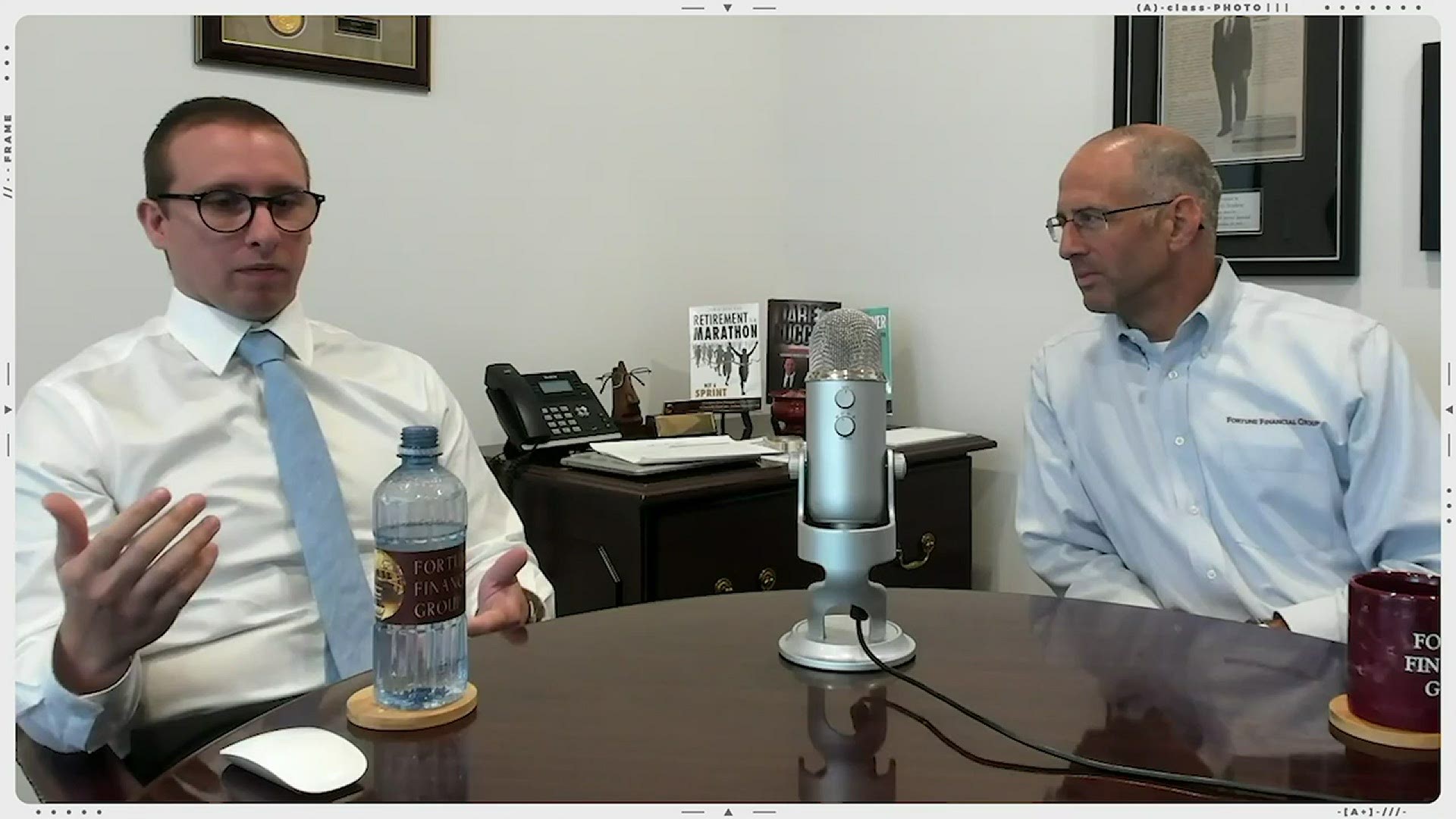Because life expectancy is longer for today’s retirees than in previous generations, people need to save more money for a longer period of time. The good news is awareness on this issue is high; the bad news is savings efforts are not. A 2018 survey by the Federal Reserve found that one-quarter of non-retired adults had no savings at all.(1)
T. Rowe Price recommends saving about 11 times your preretirement salary by age 65. However, the rate at which you save depends on how early you start and how consistent you are. Ideally, young adults should aim to save at least 15 percent of their annual income consistently throughout their careers. If you start later, consider increasing that share over time to help shore up the effort. Many employers now make this easy to do by automatically enrolling workers in a payroll deferment retirement savings plan and even periodically increasing that savings rate.(2)
Deciding where to invest your money can be confusing. As a general rule, diversify your choices over a range of asset classes, such as stocks, bonds and cash instruments. This can help reduce risk and take advantage of growth opportunities in different sectors. However, pay attention that you don’t overlap many holdings. For example, a growth mutual fund may have many of the same securities as an S&P 500 index fund. Also recognize that your IRA investments could overlap with your employer-sponsored retirement plan.
Speaking of growth, most investors will want to incorporate a growth component in their retirement portfolios. This is true even for retirees since, over a long retirement, they’ll want their income to keep pace with inflation. The key is to determine an appropriate percentage of your assets to allocate to stocks or a stock mutual fund. Investors typically reduce that percentage as they get older.
You may want to consider diversifying your retirement portfolio across a combination of tax-deferred, tax-free and taxable investments. For example, if you have an employer-sponsored plan at work, you also may want to save through an individual Roth IRA, if you meet the income limitations. The money you save in a Roth cannot be deducted from your current taxes like 401(k) deferrals. However, the money contributed to a Roth (up to $6,000/year in 2019; $7,000 if you’re age 50 or older) grows on a tax-deferred basis, and qualified withdrawals are not subject to taxes when withdrawn.(3)
Investing involves risk, including the potential loss of principal. No investment strategy can guarantee a profit or protect against loss in periods of declining values.
1. The Board of Governors of the Federal Reserve System. May 2019. “Report on the Economic Well-Being of U.S. Households in 2018.” https://www.federalreserve.gov/consumerscommunities/files/2018-report-economic-well-being-us-households-201905.pdf. Accessed Nov. 6, 2019.
2. Judith Ward. T. Rowe Price. Aug. 23, 2019. “Aiming for a 15% Savings Goal.” https://www.troweprice.com/personal-investing/planning-and-research/t-rowe-price-insights/retirement-and-planning/retirement-savings/why-and-how-to-save-15-a-year-for-retirement.html. Accessed Oct. 10, 2019.
3. IRS. “Retirement Topics – IRA Contribution Limits.” https://www.irs.gov/retirement-plans/plan-participant-employee/retirement-topics-ira-contribution-limits. Accessed Oct. 30, 2019.



